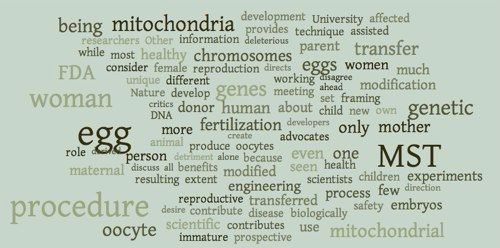“Mitochondrial transfer” is a misnomer: Stuart Newman
A leading US scientist has delivered a broadside at the scientific ignorance and spin involved in the debate.

Both in the US and the UK, government authorities are considering the legalisation of so-called “three-parent embryos”. The US Food and Drug Administration held hearings in late February and the UK Department of Health has published draft guidelines which are currently open for comment by the public.
However, a leading US scientist has delivered a broadside at the scientific ignorance and spin involved in discussion of the proposals. Professor Stuart Newman, of New York Medical College, makes the obvious point that what is being proposed is nuclear transplantation, not mitochondrial transplantation.
He believes that the technique is being used as a stalking horse for genetically engineered children: “once the transfer of an entire haploid (i.e., one-parent’s) set of chromosomes into a woman’s egg is considered acceptable, transfer of a smaller number of chromosomes or genes will be a much easier sell.”
Professor Newman says that proponents of the technique, which is being described as a way of helping women with defective mitochondria to have healthy children, are underselling the importance of the egg. In a column in the Huffington Post, he writes:
“The egg is essential because in addition to its mitochondria it contains hundreds of different protein and RNA molecules it incorporates during its formation in the egg producer’s ovary. This information directs the use, or ‘expression,’ of the transferred genes at the early stages of the embryo’s development. From the standpoint of the woman who contributes this one non-redundant ingredient, the extent of genetic engineering of her egg in MST is massive….
“To use the emotive term ‘mother’ only for the donor of the maternal set of chromosomes downplays the unique biological role of the egg and of the woman who contributes it. It has the further effect of endorsing the false assertion of MST’s advocates that the procedure comes down to the transfer of a few (ie, the mitochondrial) genes. What is actually being transferred are 20,000 or so genes provided by the chromosome donor.”
Michael Cook
https://www.bioedge.org/images/2008images/TH_wordle_3.jpg
Creative commons
mitochondrial replacement
- How long can you put off seeing the doctor because of lockdowns? - December 3, 2021
- House of Lords debates assisted suicide—again - October 28, 2021
- Spanish government tries to restrict conscientious objection - October 28, 2021
